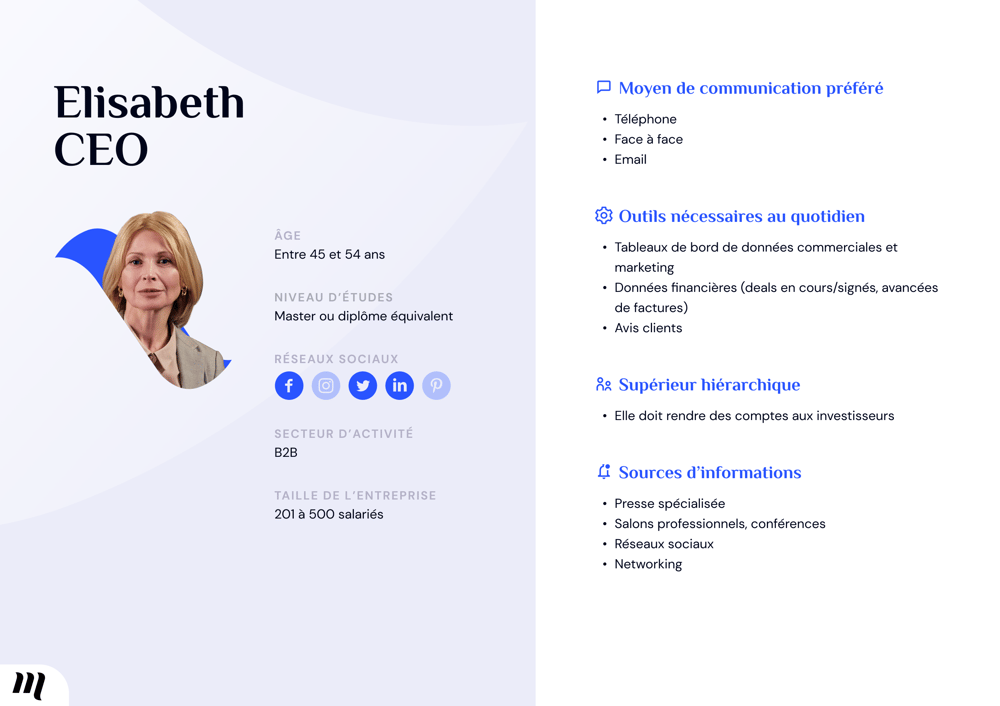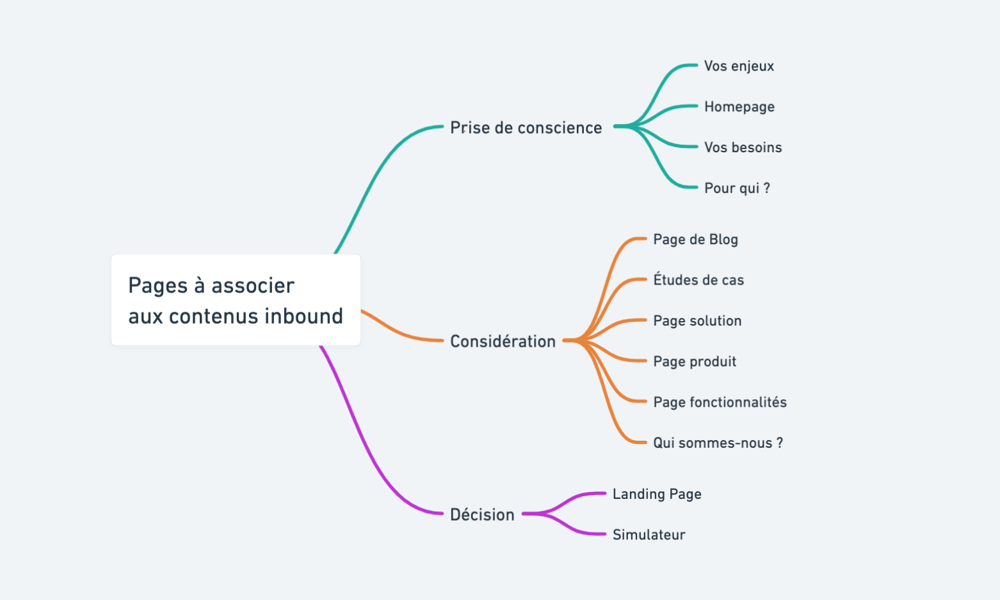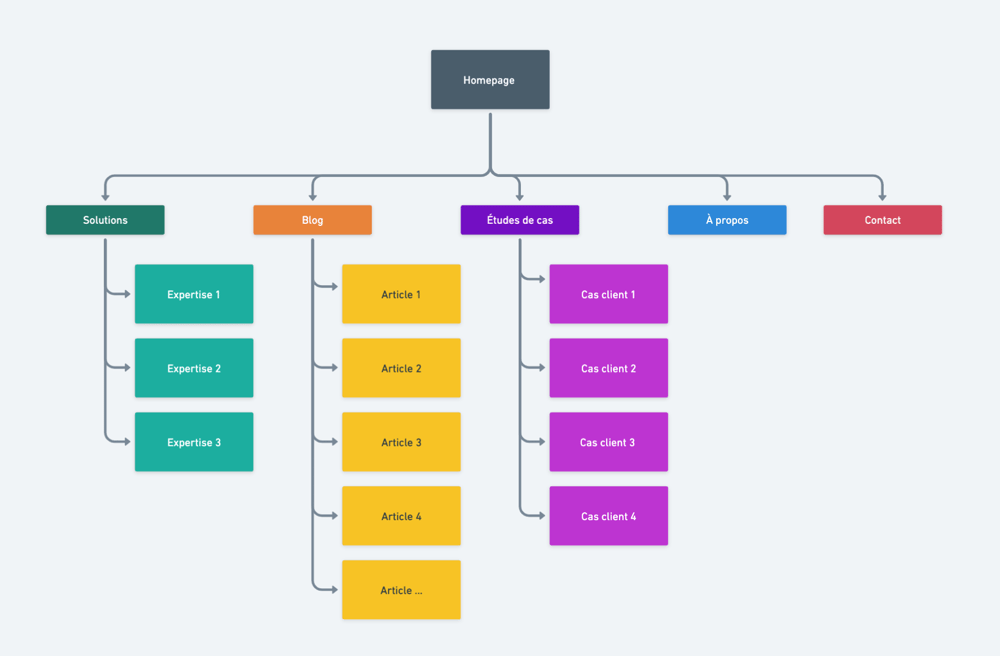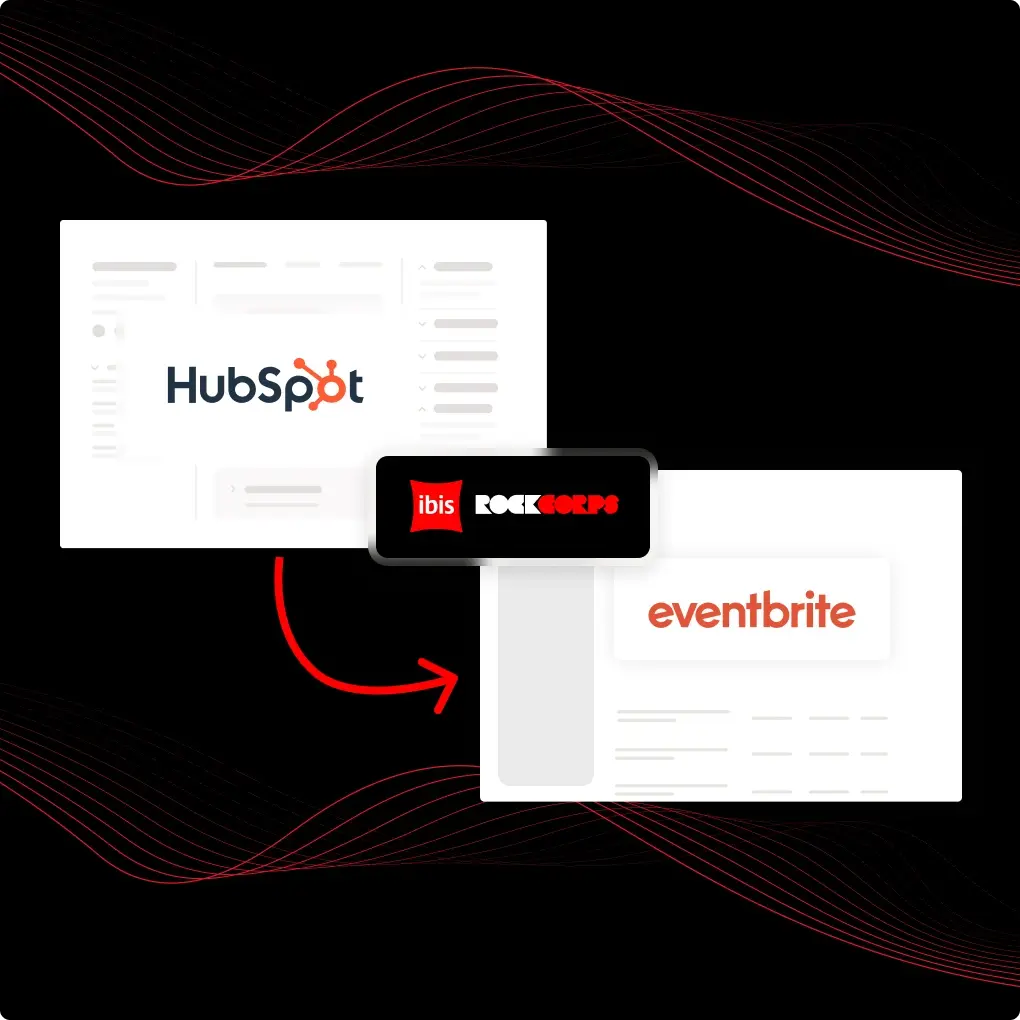Web Design
Develop your target audience
Solutions
Web Design
Develop your target audience
Marketing Acquisition
Convert more qualified contacts
CRM integration
Generate more business
Précédent
Web Design
Website audit
Identify areas for improvement
Conversion website
Convert your audience
HubSpot CMS theme
Redesign your site quickly
Front-End development
Create a powerful website
Website maintenance
Ensure regular performance
API & Synchronisation
Optimize your functionalities
Précédent
Marketing Acquisition
Inbound Marketing Campaign
Attract opportunities
Copywriting strategies
Captivate your prospects
Marketing Automation
Industrialize your tasks
Email marketing
Get the right message across
SEO strategy
Be #1 on Google
Marketing dashboard
Make the right decisions
Google Ads
Capture your audience
Social media strategy
Control your e-reputation
Précédent
CRM integration
HubSpot CRM integration
Centralize your data
Sales dashboard
Make the right decisions
HubSpot CRM migration
Migrate your data
Sales Automation
Eliminate manual actions
Data segmentation
Target your sales sequences
Aircall telephony installation
Maintain your customer relations
Customer service
Retain your existing customers
CRM maintenance
Keep your CRM data up to date
Agency
Agency
We support business growth through the acquisition of new customers.
HubSpot
HubSpot Expertise
Discover our HubSpot services
HubSpot CRM Platform
Discover HubSpot hubs
Précédent
HubSpot Expertise
Fermer
Que recherchez-vous ?
Suggestions populaires
Inbound Marketing
CRM
HubSpot
Kemmrod

Résumer cet article avec :

About
From 0 to 49 employees
Paris, France
Environment
HubSpot Softwares
Marketing Hub
Sales Hub
Service Hub
Content Hub
Operation Hub
At a time when corporate eco-mobility is booming, Kemmrod needs to make its solution known on the market. In the context of an emerging sector, the startup needs to increase its web visibility, with relevant content and an optimized website.
Founded in 2020, Kemmrod accompanies companies towards gentler mobility, with the provision of fleets of electric bicycles. Beyond its eco-mobility offering, the startup includes itself in a global approach to reducing its customers' carbon footprint. Kemmrod's tailor-made services include CSR and carbon footprint reporting, insurance and preventive maintenance. In a few figures, electric bikes are:
New to its market, this promising startup wants to quickly position itself as a key company in its sector. Developing a strong reputation and visibility on the web requires, above all, starting from sound foundations. The challenge was to help Kemmrod build a comprehensive growth strategy. Here are the 4 major challenges of this project:
The collaboration between Make the Grade and Kemmrod included two major parts. An inbound marketing strategy and an SEO strategy. For the success of the project, each of these parts was divided into various key stages.
The challenge of a successful inbound marketing strategy is clear. Get customers to come to you, by offering them relevant content that meets their business needs. Starting with an analysis of Kemmrod's priority targets, we were able to define the strategy to be deployed.
Personæ are semi-fictional profiles of the ideal customer. They form the basis of any inbound marketing strategy, guaranteeing objective decision-making and an enhanced customer experience. These personæ are true digital identity cards, listing the characteristics of the target individual. In particular, they define:
We collaborated with Kemmrod on a workshop aimed at putting this information in black and white. To create personas as close to reality as possible, we brought together several members of their team. Each Kemmrod talent mobilized represented a pole of the company:
They all interact with customers at different stages of the buying journey, so it was important to compare all perceptions. Three target profiles emerged from this exchange, enabling us then to move on to defining the different buying paths.

In order to maintain the confidentiality of this project, the above persona example is fictitious and generic.
The challenge here is to build a digital content strategy. It enables us to accompany targets through all phases of a web buying journey. This path breaks down into 3 stages, which are:
Via a collaborative mind mapping tool, we draw up a complete tree structure of the Buyer's Journey. The aim is to present the customer with all the content to be created in order to optimize the buying journey. This includes blog articles, white papers, case studies, newsletters, simulators and other marketing content. With a unique journey for each persona, Kemmrod meets every need, establishing itself as an expert in its sector.

In order to maintain the confidentiality of this project, the buyer's journey example above is fictional and generic.
The editorial line is a real common thread when writing inbound marketing content. The challenge of web creation is to establish yourself as a market reference. That's why, above all, you need content that's structured, giving the image of a brand that's just as structured. In this context, developing an inbound editorial line is the essential methodology to deploy. Here are 3 reasons why an inbound editorial line is important:
The development of Kemmrod's editorial line required in-depth reflection in order to find which topics to prioritize. Through various open questions and workshops, we worked together on aspects of the future editorial line. The posture to adopt, the intonation and the image conveyed by the various contents. Here are a few open questions to help you work out an inbound marketing editorial line:
This non-exhaustive list allows Kemmrod to take a step back from the sector, in order to detect all the necessary topics to be evoked. By taking the time to establish an editorial line, the company has given itself the means to offer readers content with high added value.
It's worth noting that content marketing generates 3x more leads than traditional marketing (source: "Content Marketing Infographic", Demand Metric). And at a cost that's over 60% lower. A significant step, with a direct impact on sales. This inbound editorial line enables us to build a marketing framework for the creation of future content, and it's from this that the SEO strategy can be thought through.
An optimized, high-performance website is essential for increasing search engine positioning. The challenge is to develop a strong reputation on the web, by being more visible than the competition. As with inbound marketing, it's necessary to draw up a clear, well-thought-out SEO strategy.
The first indispensable phase of an SEO strategy: knowing which keywords are most relevant to Google. It's all about understanding what interests Internet users, and how to meet their needs. By studying the top 100 keywords related to the electric bike sector, we were able to advise Kemmrod. The aim was for the startup to have a maximum number of reliable keywords to exploit, in order to build a unique and competitive strategy. A strategy that will make it possible to offer quality content, based on actual purchase and search intentions, carried out by the targeted personæ.
While semantic research is essential for visibility on search engines, and therefore on the web, it goes beyond that. Above all, it is the basis for all Internet communication actions.
This is a major component of strategic analysis. The challenge here is to audit the competitive universe, in order to compare your site's content with the rest of the market. This enables you to identify best web practices and anticipate the optimizations you need to make. Thanks to an analysis of 11 of Kemmrod's main competitors, we were able to determine the market's level of competitiveness. An analysis of monthly SEO visits, positioned keywords, as well as pages present in the keyword top.
An analysis of the market's competitive position.
By identifying key success factors, the idea is not to copy, but to draw inspiration from them to develop your own strategy. As a result, increase your traffic from natural referencing.
Before writing any content, it's important to define a clear, structured plan. This will involve defining the title tags as well as their number of characters, the description, etc. The aim is to guide Google in understanding the subject, and thus maximize its chances of being in first position.
Aside from the plan, the links inserted into articles are also essential, whether internal or external. Known as "internal meshing", this principle consists in creating logical links between articles and thus developing a coherent semantic cocoon. Redirecting readers to other related articles will enable them to think more deeply about a specific subject. The aim is to help them move forward in their inbound buying journey. As we've just done here, for example.
A crucial factor in SEO ranking, backlinks are inbound links from third-party sources, which will point to your site. These links will have an impact on the trust and popularity of your site. Think of your site as a restaurant. If several people recommend it as the best in town, you'll tend to think so too. The same principle applies to backlinks. A link from one site is considered a vote of confidence for another. It's these votes that subsequently establish popularity and ranking on search engines.
For this project, 3 reference domains were brought up. 3 websites, highlighting Kemmrod as a reliable figure in the sector. One of the jobs of our collaboration was to search for the most relevant backlinks, in order to increase qualified visits.
The seo architecture of a site, otherwise known as its architecture, refers to the way pages are organized. It takes into account several elements, such as navigation, URLs, links and category pages. Its role is to help each visitor to quickly find relevant content, which responds to their issues, according to their buying maturity.
To develop Kemmrod's SEO strategy, we imagined all the potential entry points for users. As a result, they can find answers to their questions and challenges via a coherent, structured website.
We've designed Kemmrod's SEO strategy to take into account all the potential entry points for users.

In order to maintain the confidentiality of this project, the above example tree structure is fictitious and generic.
Nearly 200 long-tail keywords have been identified, to help the company enrich its web content and boost its SEO. These keywords are destined to be integrated into the content of the 3 buyer's journeys designed for Kemmrod. Would you like to share your expertise on the web and improve your site's SEO? Find out why creating a blog is vital to weighing the scales in your favor during the buying decision.
Our customer talks about his project
"Make the Grade worked with us over several months to create and deploy our Inbound Marketing strategy. From the targeting of our personas to the design of our conversion site, via the creation of an appropriate SEO strategy. Our collaboration with the agency was based on trust, listening and adapting to our needs. They understand the challenges of a growing start-up like ours and give us the full benefit of their knowledge of digital marketing."... Plus

Clara Robin
Director of Communications chez Kemmrod

The services provided
Team Design
Team Growth Marketing
Ces cas d'études pourraient vous intéresser

49 871
comptes créés
215
projets synchronisés entre Eventbrite et HubSpot


4
interviews internes focus sur les métiers marketing, ops et management.
30
recommandations personnalisées, documentées et priorisées.

Your needs
Do you have a project?
We test, we iterate and we're constantly on the lookout. To exceed your B2B growth targets, there's no magic formula, just method, challenge and know-how.
Contact our expertsbuyer personas and conversion paths created
competitive long-tail keywords identified
competitor SEO rankings studied